Project Name: Morning STEM Bins
Grade Level: 1st, 2nd and 3rd grade
Number of Students: Approximately 20
Indiana Standards project aligns with:
K-2. E.1 Pose questions, make observations, and obtain information about a situation people want to change. Use this data to define a simple problem that can be solved through the construction of a new or improved object or too.
K-2.E.2 Develop a simple sketch, drawing, or physical model to illustrate and investigate how the shape of an object helps it function as needed to solve an identified problem.
K-2.E.3 Analyze data from the investigation of two objects constructed to solve the same problem to compare the strengths and weaknesses of how each performs.
2.PS.4 Analyze data obtained from testing different materials to determine which materials have the best properties that are best suited for an intended purpose.
List of Supplies
Squigz
Magna Quibix
Snap Circuits
Interlocking Solid Plastic Plum Puff Thorn Balls
Construction Engineering Building Blocks
3D pens
Magnablocks
Dash Robot-Used with Doll E 1.0 and The Most Magnificent Thing or Muncha
Muncha
Muncha literature connection books
Lesson Plan
Morning STEM Bins: Exploring material properties in isolation and then purposefully combining materials with their unique properties to solve a problem
Inspiration: Students rarely know/experience how to create or “play” with anything that isn’t electronic these days. This project was inspired to bring back engineering/building through exploration of different materials and building resources. When I set out blocks at a STEM camp fully expecting young students to build, some started coloring on the blocks. I was shocked! They clearly did not know what to do with them. Valuable learning takes place and is being lost when young students do not build and explore their world through play.
Engage: Materials/Resources Exploration - Students will explore with different materials/resources to identify their properties. (20 min each day for 1-2 weeks to start the morning and utilize time when organizational activities are taking place, such as attendance, lunch count, agenda check, etc. to incorporate STEM building and enrichment to get their day started.)
Engage part 2: Literature Connection - Read a story and have students participate in finding the problem to solve. The stories listed below all have a clear problem to solve.
The Most Magnificent Thing, by Ashley Spires
Doll E 1.0, by Shanda McCloskey
Muncha, Muncha, Muncha, by Candace Flemming
Violet the Pilot, by Steve Breen
Rosie Revere Engineer, by Andrea Beaty
Common fairy tales could also be used to improve designs for problems in the stories, ex. a better chair for baby bear, electric lights for the 3 Pigs house, a troll trap or goat blocker for the bridge, a zipline for Rapunzel to get out of the tower, to name just a few.)
Present the Problem with Project constraints: Rules for Design Challenge - Present materials to be used to build or let students choose materials
(Squigz, Magna Quibix, Snap Circuits, Building Blocks: Interlocking Solid Plastic Plum Puff Thorn Balls, Construction Engineering Building Blocks, Dash Robot)
Plan: Students utilize their scientist notebook or planning sheet to generate and record individual ideas with illustrations and labels for materials used. Students then work in groups They compare their plans and generate a group plan making sure everyone in the group has a voice and is represented.
Build: Work time - Students gather materials and build their prototype for the design challenge. You can limit supplies or give creative freedom as long everyone follows the guidelines from the project constraints.
Test: You may have students test their own models. Students may also test other group’s models. A checklist may be appropriate when testing to show where a design may need improvement. A gallery walk may be a nice addition for students to share and appreciate work from all groups.
Redesign: Give students time to redesign and make improvements. Make sure to point out that engineers and scientists take years to accomplish or reach their goals. They record all their information and learn from their mistakes. Every mistake takes them closer to the solution!!
Final Product: Have students create an advertisement for their new or improved engineering design. They should highlight what they built to solve the problem or improve on a previous solution or product. Allow students time to present and share with peers, appreciating and pointing out the positives in each project.
Teacher Testimony:
“My students are excited and engaged in engineering challenges. With the grant materials and the submitted lesson plan, students learn about the properties of solids and how to use different materials to work together to create a product to complete the challenge. Students advertisements were absolutely spot on identifying the positive aspects of their creations. Students were so excited to share their creations, constantly calling out my name to "Come look!" ”
Credit: Shelley Sparrow - Twin Branch Elementary School - Mishawaka, IN



